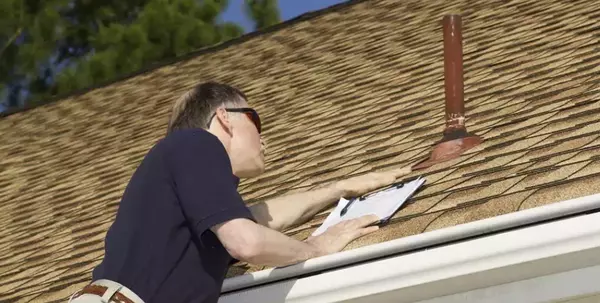Fall Home Maintenance: Essential Tips for a Cozy Season

As the leaves change color and the air turns crisp, it’s time to prepare your home for the colder months ahead. Fall home maintenance is key to ensuring your home stays warm, safe, and efficient. In this blog, we’ll guide you through essential maintenance tasks, complete with visual inspiration to help you get started!
1. Inspect Your Roof and Gutters

**Tip:** Clear out your gutters to prevent clogs that can lead to water damage. A clean gutter ensures proper drainage.
2. Check Your Heating System
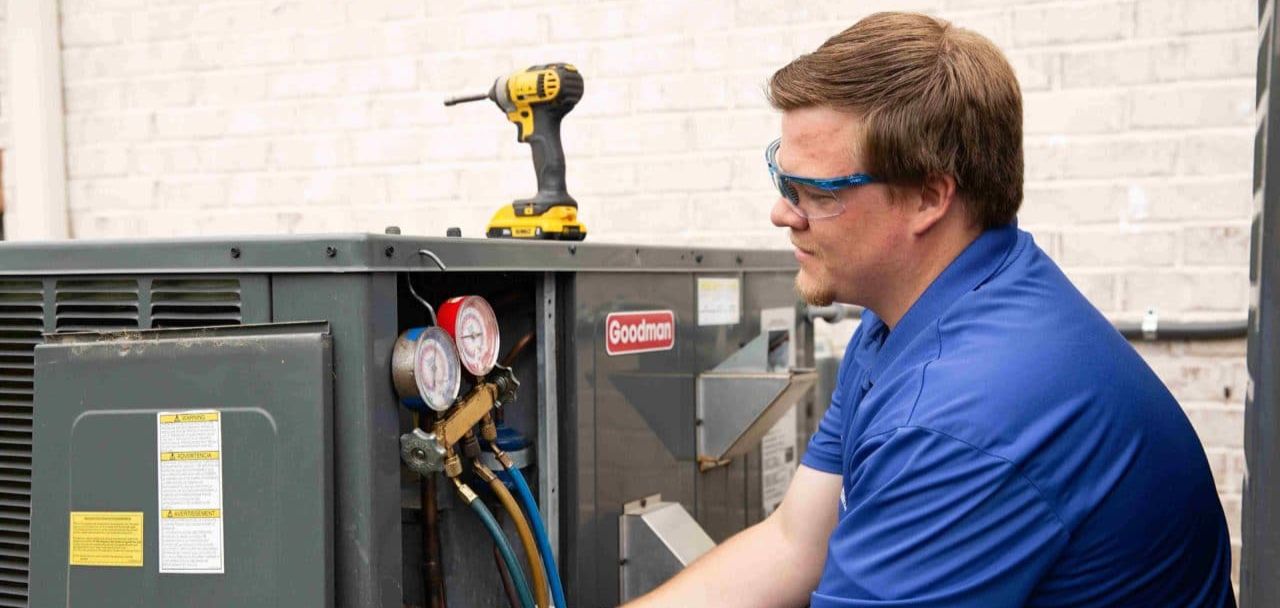
Checking your HVAC system is essential for maintaining a comfortable home, especially as seasons change. Start by replacing or cleaning the air filters, as clogged filters can reduce efficiency and airflow. Next, inspect the outdoor unit for debris, leaves, or dirt that could obstruct airflow.
Schedule a professional maintenance check to ensure all components, including the thermostat and ducts, are functioning properly. This can help identify any issues early, preventing costly repairs later.
Don’t forget to clean the vents and registers inside your home, ensuring unobstructed airflow. Regular checks not only improve energy efficiency but also extend the lifespan of your HVAC system, keeping your indoor environment cozy year-round.
**Pro Tip:** Schedule a professional maintenance check for your furnace to catch any potential issues early.
3. Seal Windows and Doors

Sealing windows and doors is crucial for enhancing your home’s energy efficiency and comfort. Over time, weather stripping and caulking can wear down, allowing drafts to enter and conditioned air to escape. Start by inspecting the seals around all windows and doors for gaps or cracks.
Replace worn weather stripping and apply fresh caulk to any areas where the old sealant has deteriorated. This simple task can significantly reduce heating and cooling costs while improving indoor comfort.
Additionally, consider using a window film for extra insulation during colder months. Regularly sealing your windows and doors not only helps maintain a stable temperature but also protects against moisture and pests, ultimately contributing to a healthier living environment.
4. Prepare Your Yard

Fall lawn maintenance is crucial to ensure a healthy, lush yard in the spring. Start by raking fallen leaves regularly, as they can smother grass, preventing sunlight and air from reaching the roots. Aerating the soil improves water and nutrient absorption, especially if the soil is compacted. Apply a high-quality fall fertilizer to promote strong root growth before winter. Overseeding bare or thin patches helps create a thicker lawn come spring. Keep mowing until the grass stops growing, but lower the cutting height slightly for the final mow to prevent mold. Also, ensure your lawn is properly watered, as dry conditions can harm the roots. By performing these tasks, your lawn will be better prepared to withstand winter and thrive when warm weather returns.
5. Check Exterior Faucets and Sprinkler Systems
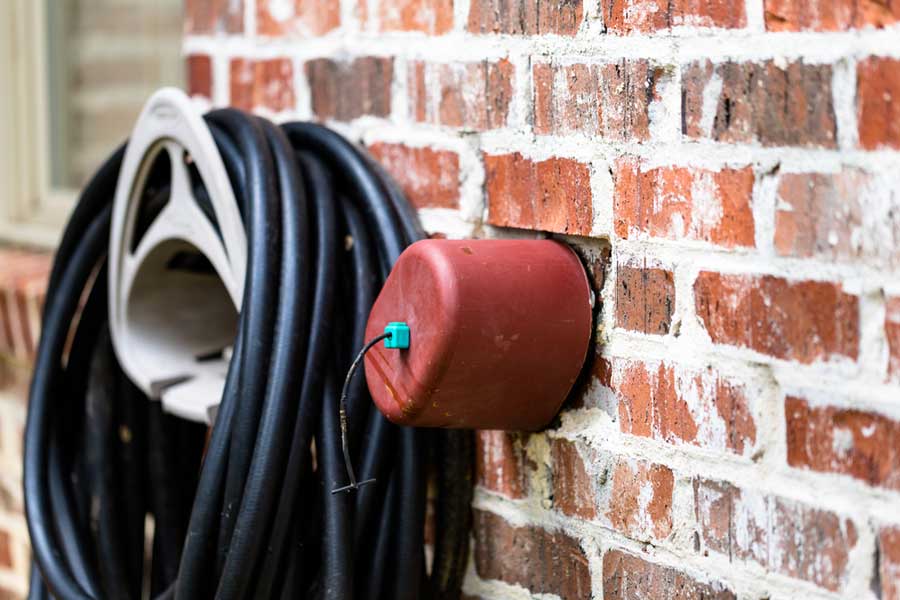
Winterizing exterior faucets is essential to prevent freezing and potential pipe bursts. Start by disconnecting and draining all hoses, as trapped water can freeze and cause damage. Next, turn off the water supply to the exterior faucets from the inside. Open the faucets outside to drain any remaining water and leave them slightly open throughout the winter. Consider installing insulated faucet covers for added protection against freezing temperatures. If you have frost-free faucets, ensure they are properly installed and maintained. Taking these steps will protect your plumbing from costly damage during the cold winter months.
6. Inspect Your Smoke and Carbon Monoxide Detectors
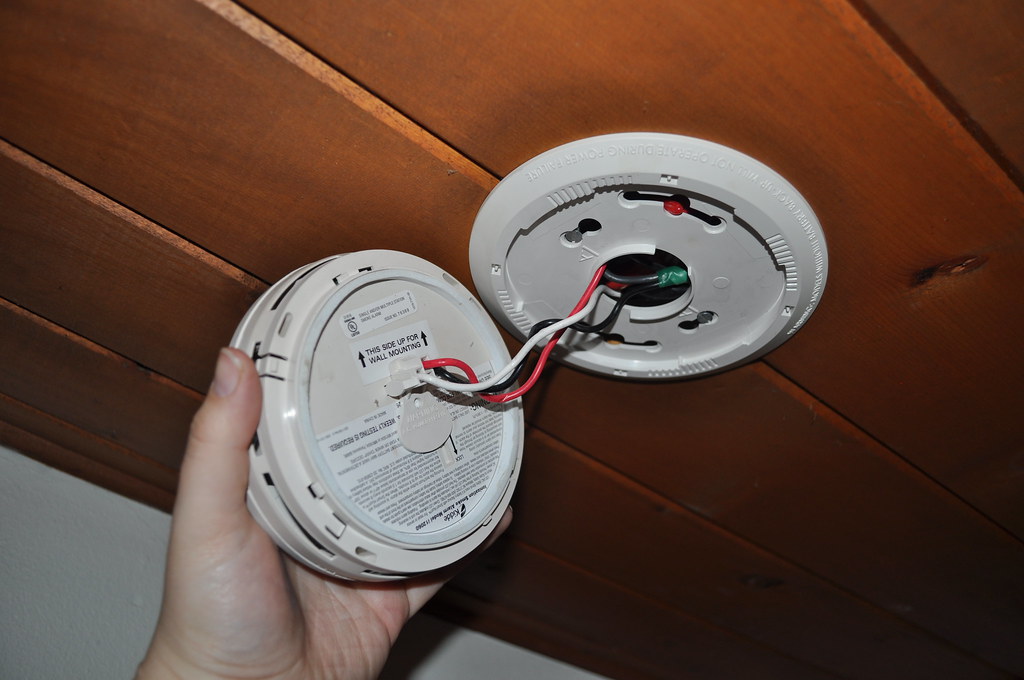
Inspecting smoke detectors is a vital safety task that should be done regularly to ensure they are functioning properly. Start by testing each unit monthly by pressing the test button until the alarm sounds. Replace the batteries at least once a year, or immediately if the unit begins to emit a chirping sound, indicating low battery power. For hardwired detectors, ensure the backup battery is still effective. Clean the detectors periodically by gently vacuuming them to remove dust and debris that can interfere with their operation. Check the expiration date—most smoke detectors need replacement every 10 years. Additionally, ensure you have the correct number of detectors installed, with at least one on each level of your home and inside each bedroom. Properly maintained smoke detectors are crucial for early fire detection and family safety.
7. Organize Your Garage and Storage Areas
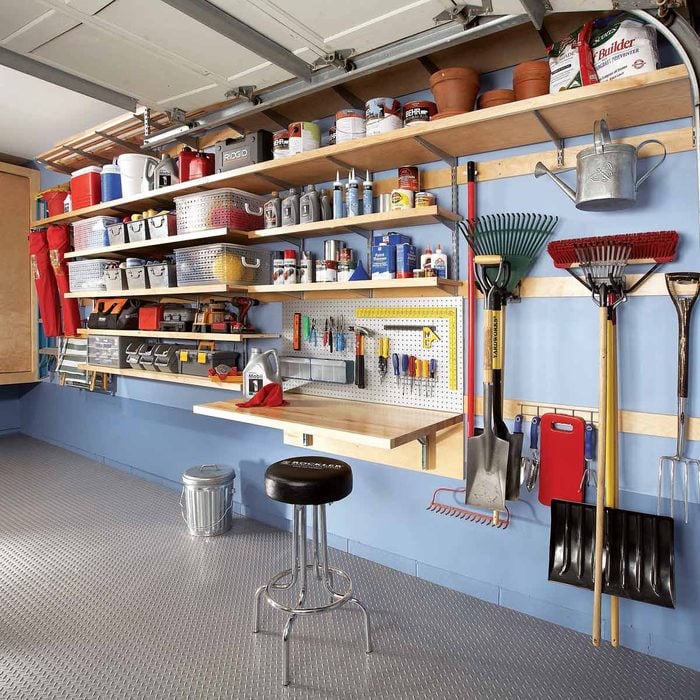
Organizing your garage for fall is a smart way to prepare for the colder months and create space for winter gear. Start by decluttering—sort items into categories like keep, donate, or discard. Focus on storing summer items such as lawn mowers, beach gear, and camping equipment. Clean and store these in labeled bins or hang them on wall-mounted racks to free up floor space. Next, bring out fall and winter essentials like snow shovels, salt, and winter sports gear, placing them within easy reach. Consider installing shelving or pegboards to maximize vertical space for tools and small items. Create a designated area for outdoor gear like boots and coats, which helps keep your home clean. If you park your car in the garage, ensure there's enough space for it and easy access to frequently used items. A well-organized garage will make seasonal transitions smoother and more efficient.
8. Review Your Emergency Kit

A well-prepared home emergency kit is essential for handling unexpected situations like power outages, storms, or natural disasters. Start with basic necessities: include water (one gallon per person per day) and non-perishable food to last at least three days. Add a first-aid kit, including bandages, antiseptics, and any necessary medications. Include a flashlight, batteries, a manual can opener, and a multi-tool. Keep a battery-powered or hand-crank radio for emergency updates. Important documents should be stored in a waterproof container. Personal items like extra clothing, blankets, and hygiene supplies are also important. Don't forget pet supplies if you have animals. Regularly check and update your kit to ensure all items are in working order and within their expiration dates.
Conclusion
While fall home maintenance may seem daunting, tackling these tasks will keep your home warm, safe, and efficient throughout the colder months. By taking a little time now, you can enjoy the beauty of autumn and the comfort of your home without worry. So grab your tools, roll up your sleeves, and let’s get started on preparing your home for a cozy fall!
Click here for your Fall Home Maintenance Checklist.
Categories
Recent Posts
"My job is to find and attract mastery-based agents to the office, protect the culture, and make sure everyone is happy! "




